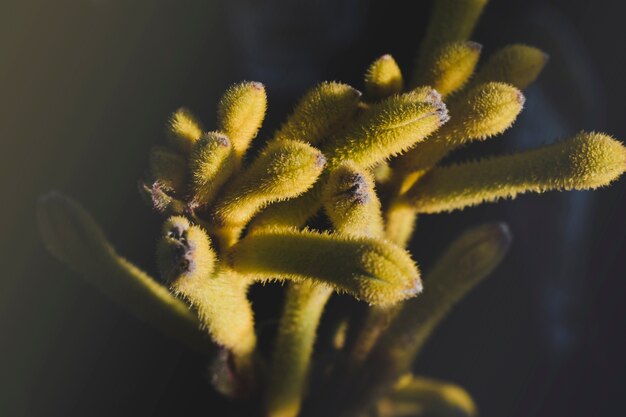Interesting Facts About Sea Urchins

Sea urchins are fascinating marine creatures.
Did you know that sea urchins have five teeth?
Sea urchins have spines that provide protection from predators.
Sea urchins are found in oceans worldwide.
Some species of sea urchins can live up to 30 years.
Sea urchins are echinoderms, belonging to the same family as starfish.
In Japan, sea urchins are considered a delicacy.
Sea urchins come in various colors, such as purple, green, and red.
Sea urchins have tube-like feet that help them move and cling onto surfaces.
Did you know that sea urchins can regenerate their spines if they are damaged?
Sea urchins play an important role in maintaining a balanced ecosystem.
Sea urchins have a spherical or oval-shaped body.
Sea urchins have a unique feeding mechanism called Aristotle’s lantern.
Some species of sea urchins have venomous spines to defend themselves.
Sea urchins have a water vascular system that helps them with circulation, respiration, and movement.
Sea urchins are bottom-dwellers and can be found on rocky reefs or sandy seabeds.
Sea urchins reproduce by releasing eggs and sperm into the water.
Sea urchins have a five-fold radial symmetry.
Sea urchins are often found in shallow waters but can also survive in depths of up to 5,000 meters.
Sea urchins have a flexible body that allows them to squeeze into tight spaces.
Sea urchins are known for their ability to graze on algae and help maintain healthy coral reefs.
Interesting Facts About Sea Urchins part 2
Sea urchins have been used in traditional medicine for centuries.
Some species of sea urchins have a fluorescent glow, making them even more captivating.
Sea urchin populations can fluctuate dramatically, impacting the surrounding ecosystem.
Sea urchins have a well-developed sensory system that allows them to detect their surroundings.
Sea urchins have a unique reproductive strategy where the males release their sperm directly into the water.
Sea urchins are excellent architects and create intricate burrows in the sand or rocky surfaces.
Sea urchins’ spines provide not only protection but also aid in burrowing and movement.
Did you know that some species of sea urchins have up to 1,000 spines?
Sea urchins have a mouth on the underside of their body surrounded by their five teeth.
Sea urchins are capable of detecting changes in light intensity, allowing them to respond to their environment.
Sea urchins have a fascinating ability to regenerate their internal organs if damaged.
Sea urchins have a unique defense mechanism where they can release their spines when threatened.
Sea urchins are major contributors to the maintenance of seagrass beds.
Sea urchins are an essential food source for many marine animals, including otters and birds.
Did you know that the lifespan of sea urchins has been greatly affected by climate change?
Sea urchins have an incredible ability to adapt to different environmental conditions.
Sea urchin roe, known as uni, is highly sought after in many cuisines around the world.
Sea urchins communicate with each other through chemical signals and touch.
Sea urchins have an impressive defense mechanism where they can use their spines to trap and immobilize predators.
Sea urchins have an intricate water filtration system that aids in their feeding process.
Did you know that sea urchins have specialized tubed feet for grasping onto surfaces?
Sea urchins have a high reproductive rate, which helps them maintain their population levels.
Sea urchins have a special enzyme that allows them to break down kelp and other tough plant material.
Sea urchins are often used in scientific research to study various biological processes.

